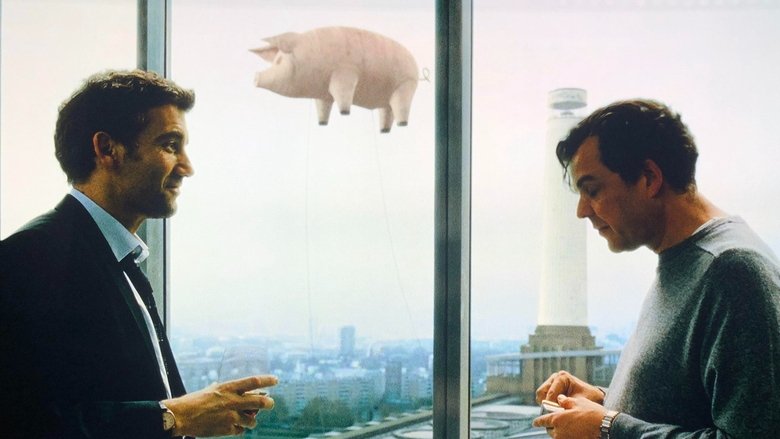Movies that paint a bleak dystopian future
Interested in seeing a dark dystopian future? This movie selection explores worlds of technological control, environmental disaster and authoritarian societies.
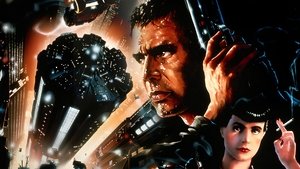


Dystopian films offer a chilling glimpse into potential futures shaped by our present choices, reflecting our anxieties about technology, society, and the environment. From overpopulated cities plagued by pollution to totalitarian regimes that control every aspect of life, these stories explore the darker side of human nature and the potential consequences of unchecked power.
These films are not just about bleakness and despair; they also celebrate human resilience, resistance, and the enduring hope for a better tomorrow. Some, like 'Blade Runner,' question what it means to be human in a world of artificial intelligence. Others, like 'Mad Max: Fury Road,' depict a post-apocalyptic struggle for survival. From cautionary tales to action-packed adventures, the dystopian genre offers a diverse range of stories that challenge us to think critically about the world around us and the future we are creating.
9. Equilibrium (2002)
'Equilibrium' presents a dystopian society where emotions are suppressed through mandatory drug injections. Christian Bale stars as John Preston, an enforcer who begins to question the system. The film combines elements of science fiction and action, with a unique martial art called 'Gun Kata' being a central element. While it has some similarities to other dystopian films like 'Fahrenheit 451' and 'Nineteen Eighty-Four,' 'Equilibrium' offers its own distinct take on themes of control, rebellion, and the importance of human feeling. Although not initially a box office success, 'Equilibrium' has gained a cult following over the years. The director, Kurt Wimmer, is known for his visually stylish action films, and 'Equilibrium' is no exception. The concept of 'Gun Kata,' a martial art based on statistical probabilities of gunfights, adds a unique and stylized element to the film's action sequences.

8. Nineteen Eighty-Four (1984)
Based on George Orwell's seminal novel, 'Nineteen Eighty-Four' paints a bleak and oppressive picture of a totalitarian state where every aspect of life is controlled by the Party. John Hurt delivers a haunting performance as Winston Smith, a man who rebels against the system. The film's stark visuals and chilling atmosphere effectively convey the paranoia and despair of Orwell's vision. 'Nineteen Eighty-Four' is a cautionary tale about the dangers of unchecked power and the importance of individual freedom. The film was released in 1984, adding to its impact and relevance. Fun fact: The actor who played 'Big Brother' in the telescreens, Bob Flag, had his face digitally imposed over the character O'Brien during torture scenes, to create an added psychological effect on Winston. Orwell's novel has had a profound influence on political thought and popular culture, coining terms like 'Big Brother,' 'doublethink,' and 'thoughtcrime.'
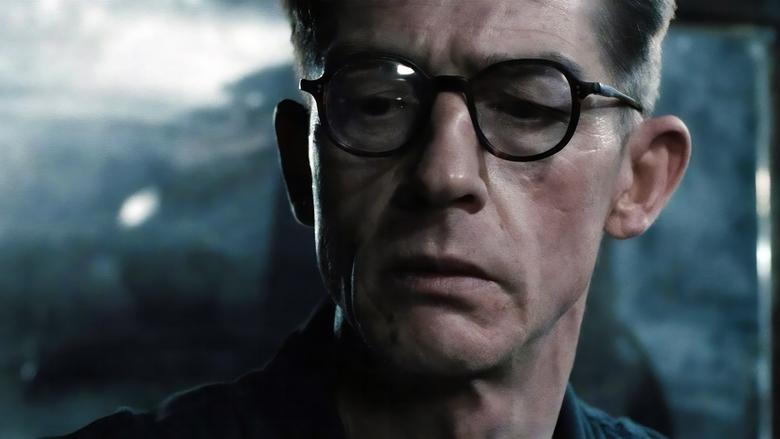
7. A Clockwork Orange (1971)
Stanley Kubrick's 'A Clockwork Orange' is a controversial and disturbing exploration of violence, free will, and social conditioning. Malcolm McDowell gives a chilling performance as Alex DeLarge, a charismatic but sociopathic young man who engages in acts of 'ultra-violence.' The film's stylized visuals, unsettling score, and provocative themes have made it one of the most debated films of all time. 'A Clockwork Orange' is not for the faint of heart, but it is a powerful and thought-provoking film that challenges viewers to confront uncomfortable truths about human nature. The film was withdrawn from circulation in the UK for many years at Kubrick's request, reportedly due to concerns about copycat crimes. The film's use of classical music, particularly Beethoven's Ninth Symphony, is highly effective in creating a sense of unease and dissonance. Kubrick's meticulous attention to detail is evident in every frame of the film, from the costumes to the set design, making it a visually striking and unforgettable experience.
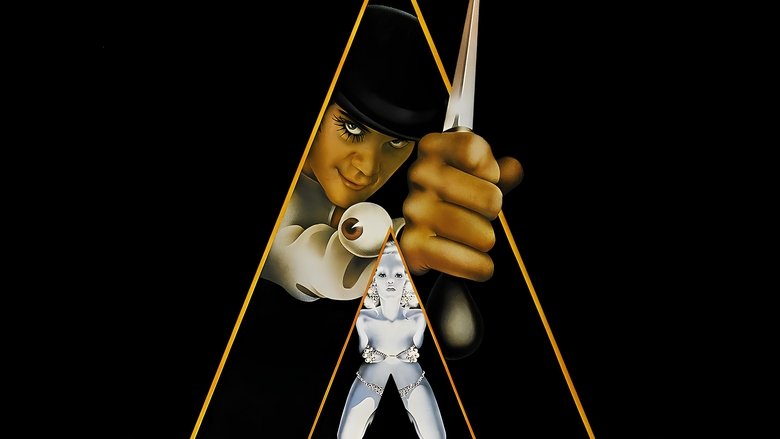
6. Brazil (1985)
Terry Gilliam's 'Brazil' is a darkly comedic and visually stunning satire of bureaucracy and technology gone awry. Jonathan Pryce stars as Sam Lowry, a man who dreams of escaping his mundane life in a dystopian society. The film's over-the-top sets, costumes, and special effects create a surreal and unsettling atmosphere. 'Brazil' is a challenging and rewarding film that critiques the dehumanizing effects of modern society. The film's production was famously fraught with conflict between Gilliam and the studio, resulting in multiple versions of the film being released. Gilliam even took out an ad in Variety magazine urging audiences to see his version of the film. Despite its dark themes, 'Brazil' is also a very funny film, with Gilliam's signature brand of absurdist humor on full display. One noteworthy aspect of 'Brazil' is its retro-futuristic aesthetic, which combines elements of 1940s and 1980s design to create a unique and timeless look.
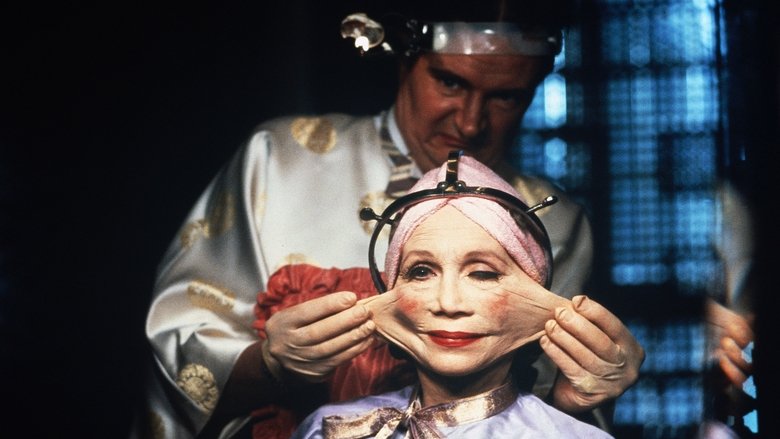
5. Snowpiercer (2013)
Bong Joon-ho's 'Snowpiercer' is a thrilling and thought-provoking dystopian allegory set on a train that perpetually circles a frozen Earth. The train is divided into classes, with the wealthy elite living in luxury at the front and the impoverished masses crammed into the back. Chris Evans delivers a powerful performance as Curtis Everett, a revolutionary who leads a rebellion against the oppressive system. The film's striking visuals, social commentary, and unpredictable plot twists make it a truly unique and unforgettable experience. 'Snowpiercer' is not just a thrilling action film; it's also a sharp critique of class inequality and social injustice. Bong Joon-ho fought for the film to be released in its original cut, resisting pressure from Harvey Weinstein to make it more accessible to American audiences. This makes the film a true work of the director's vision. An interesting detail about 'Snowpiercer' is that each car on the train represents a different aspect of society, from education and entertainment to agriculture and industry, creating a microcosm of the world.

4. Mad Max: Fury Road (2015)
George Miller's return to the 'Mad Max' universe is an adrenaline-fueled masterpiece of action cinema. Tom Hardy takes over the role of Max Rockatansky, but it's Charlize Theron as Imperator Furiosa who steals the show. Set in a post-apocalyptic wasteland, the film is essentially one long, breathtaking chase sequence. What sets 'Fury Road' apart is its practical effects and stunt work, which are simply astounding. The film's minimalist plot is elevated by its striking visuals, memorable characters, and underlying themes of female empowerment and environmentalism. Despite its relentless action, 'Fury Road' is also a surprisingly complex and nuanced film. The film won six Academy Awards, mostly in technical categories, cementing its status as a visual and technical triumph. Fun fact: George Miller originally conceived 'Mad Max: Fury Road' back in the late 1990s, but production was delayed for years due to various factors, including weather and political instability in the original filming locations.
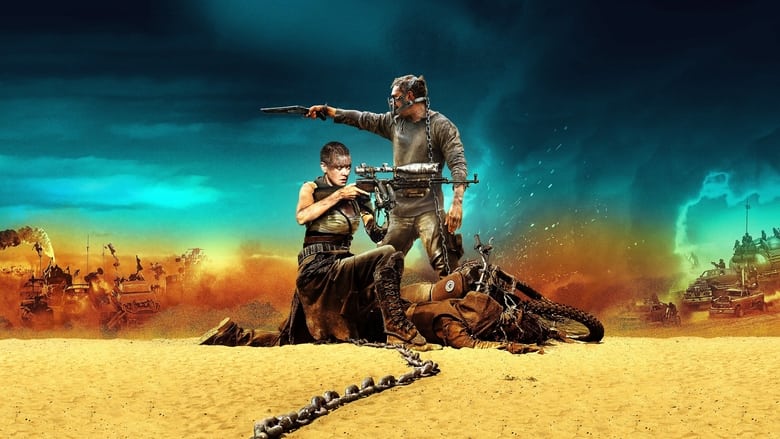
3. Blade Runner (1982)
Ridley Scott's 'Blade Runner' is a masterclass in atmosphere and world-building. Set in a rain-soaked, neon-lit Los Angeles of 2019, the film follows Deckard (Harrison Ford), a 'blade runner' tasked with hunting down rogue replicants (bio-engineered humans). Its visual style, inspired by film noir and cyberpunk, is breathtaking and remains influential to this day. The film raises profound questions about what it means to be human, blurring the lines between man and machine. The theatrical cut of 'Blade Runner' was infamously altered by the studio, but Scott's director's cut restores his original vision, making it an even more powerful and thought-provoking experience. 'Blade Runner' initially received mixed reviews and was not a box office success, but it has since become recognized as a landmark achievement in science fiction cinema. Did you know that Philip K. Dick, the author of 'Do Androids Dream of Electric Sheep?' (the novel on which the film is based), was initially skeptical of the project but became a huge fan after seeing some early visual effects footage?

2. The Matrix (1999)
Before 'bullet time' became a cinematic cliché, 'The Matrix' redefined action filmmaking and philosophical sci-fi. Keanu Reeves stars as Neo, a computer hacker who discovers the shocking truth about reality – that it is a simulated world controlled by machines. The Wachowskis crafted a visually stunning and intellectually stimulating film that explores themes of free will, destiny, and the nature of reality. Its groundbreaking special effects, combined with its stylish cyberpunk aesthetic, made it an instant classic. Beyond the action, 'The Matrix' delves into complex philosophical ideas, drawing inspiration from Plato, Buddhism, and other schools of thought. It's a film that demands to be rewatched and dissected, with each viewing revealing new layers of meaning. The impact of 'The Matrix' on pop culture is undeniable, influencing everything from fashion to video games. Interestingly, the lobby shooting scene, iconic as it is, almost didn't happen due to budget constraints; the Wachowskis had to fight to keep it in the film, and thankfully they did!
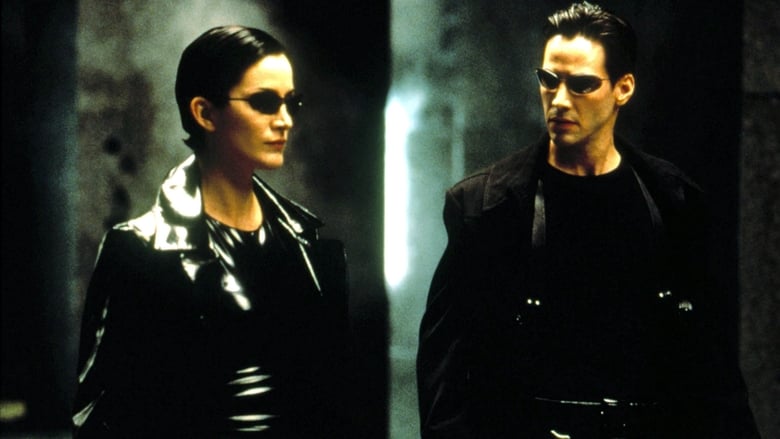
1. Children of Men (2006)
Alfonso Cuarón's masterpiece is not just a dystopian film; it's a harrowing vision of a world without hope, where humanity faces extinction due to mass infertility. Clive Owen delivers a career-defining performance as Theo Faron, a reluctant hero navigating a war-torn, desolate England. The film's long takes, particularly the breathtaking action sequences, immerse you in the chaos and desperation of this bleak future. The film is technically brilliant, featuring some of the most impressive cinematography and sound design ever put to screen. More than just spectacle, 'Children of Men' is a deeply moving and thought-provoking commentary on society, loss, and the fight for a future worth living for. It's a visceral, unforgettable experience that stays with you long after the credits roll. Did you know that the film was heavily inspired by P.D. James's novel of the same name, but Cuarón made significant changes to the plot and characters to create a more cinematic and relevant experience for modern audiences?
